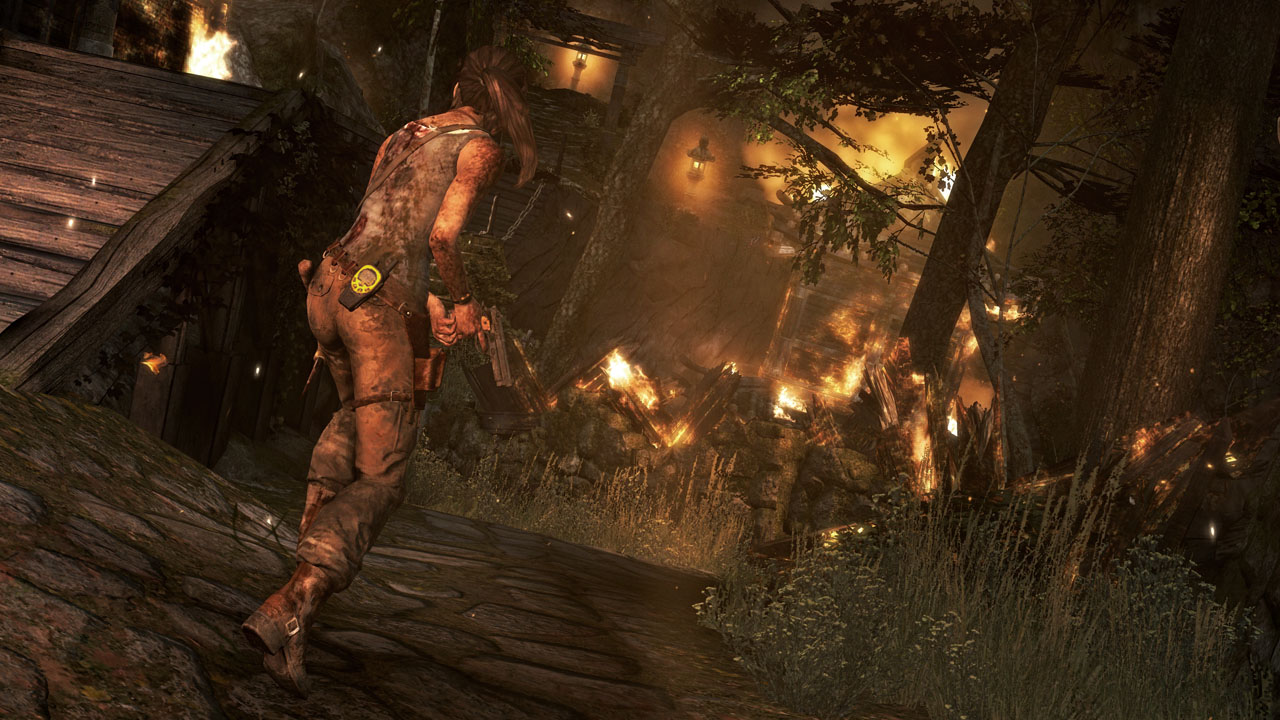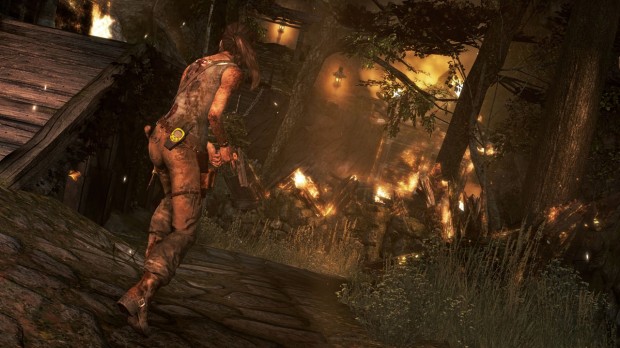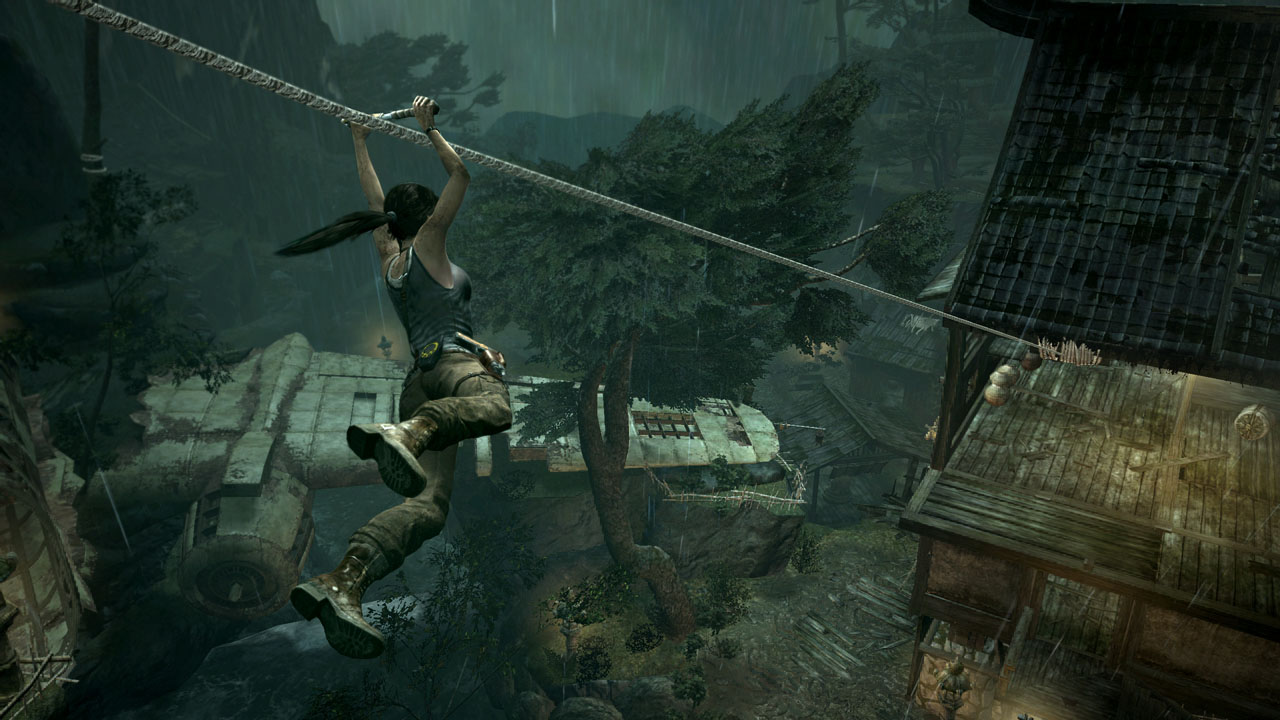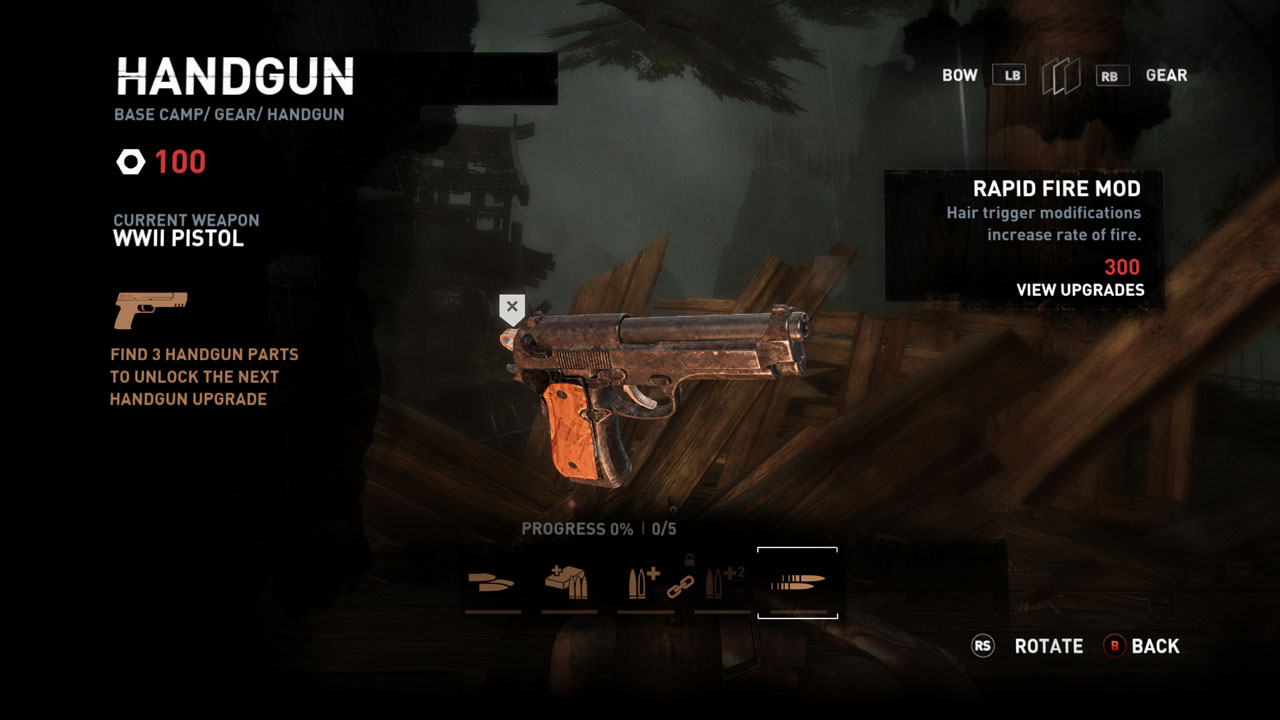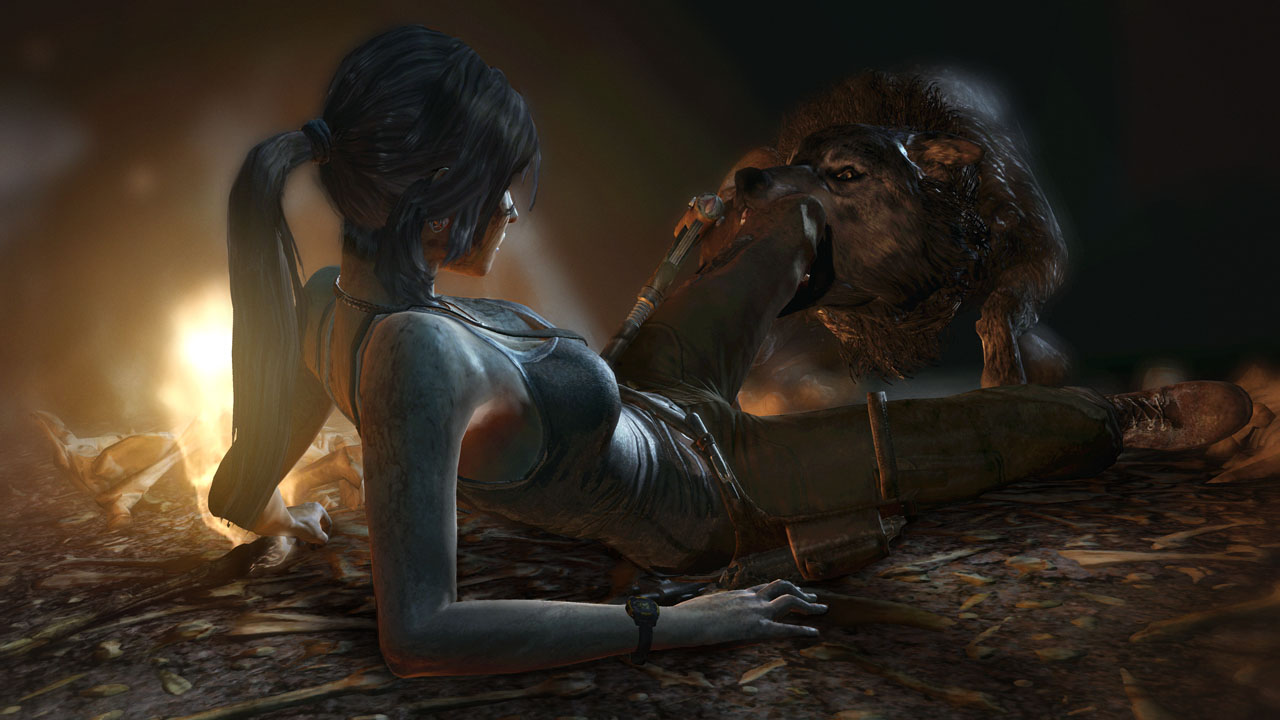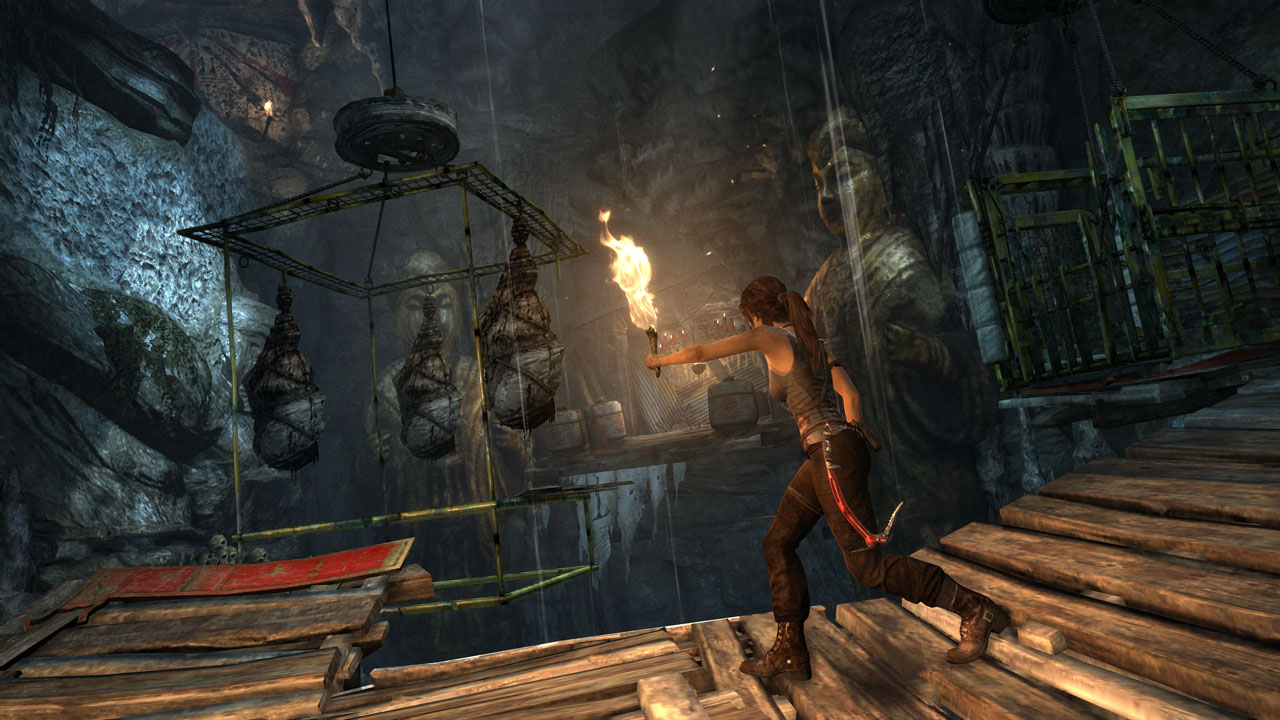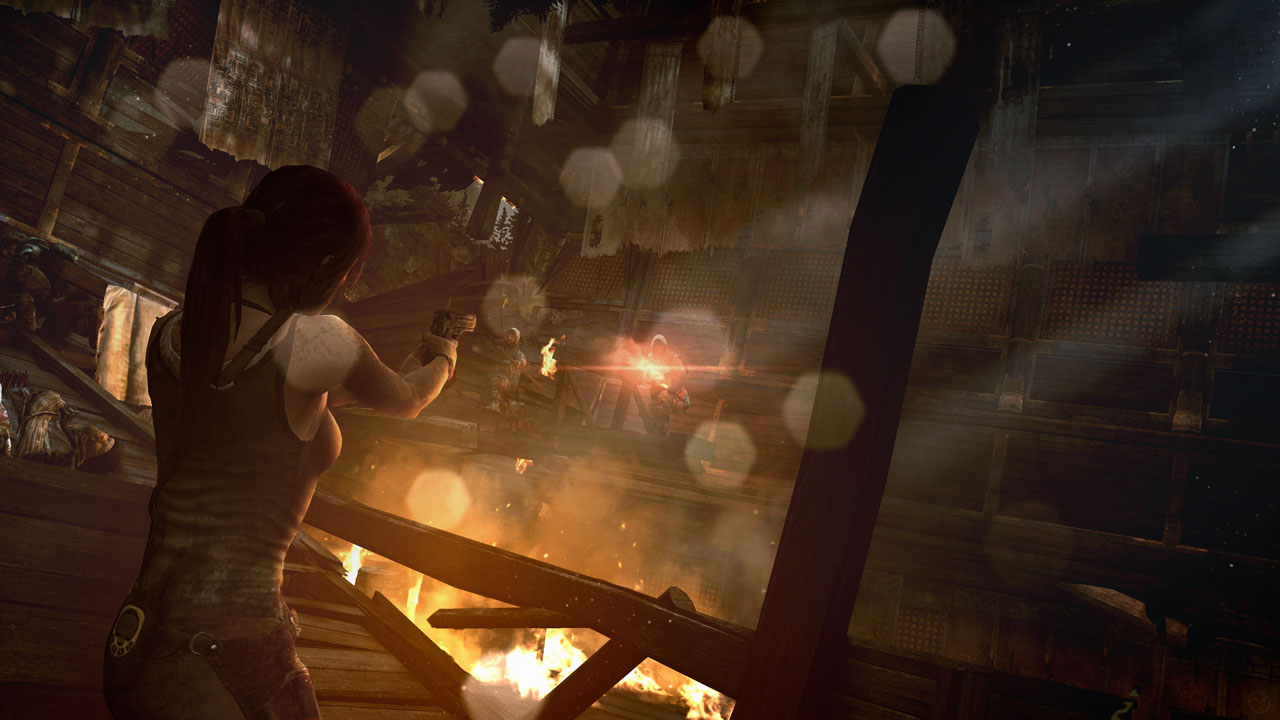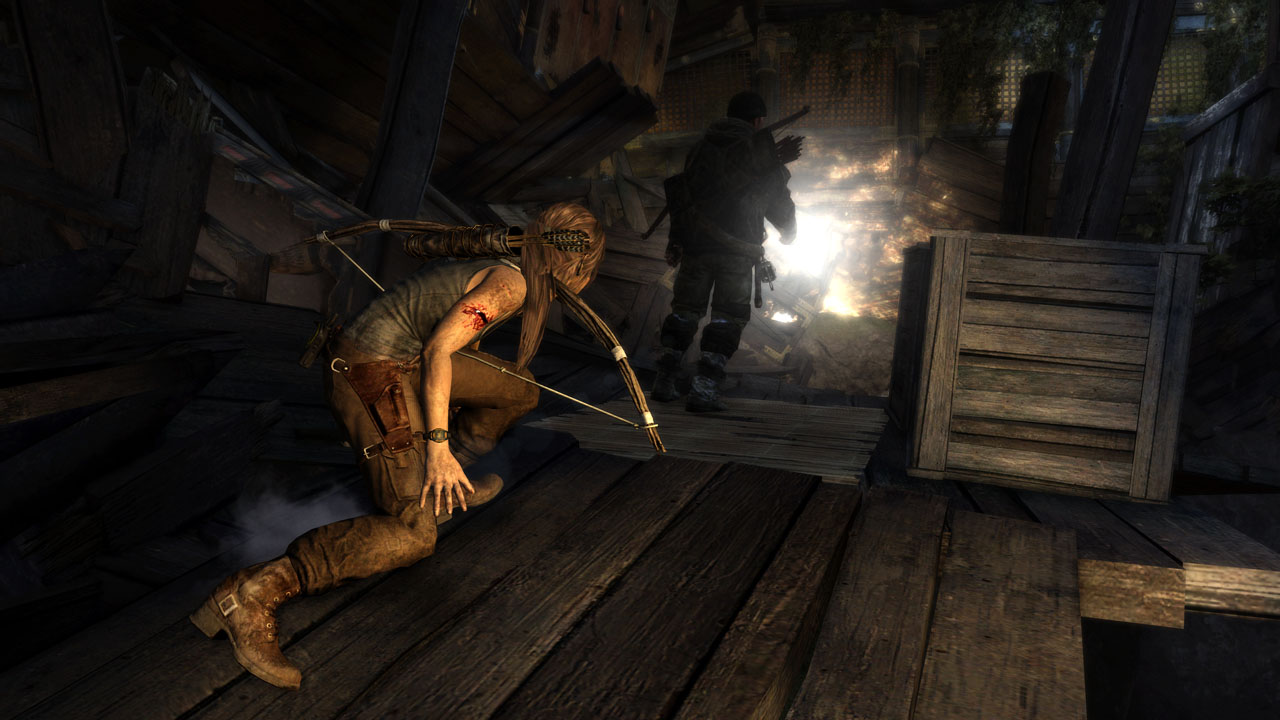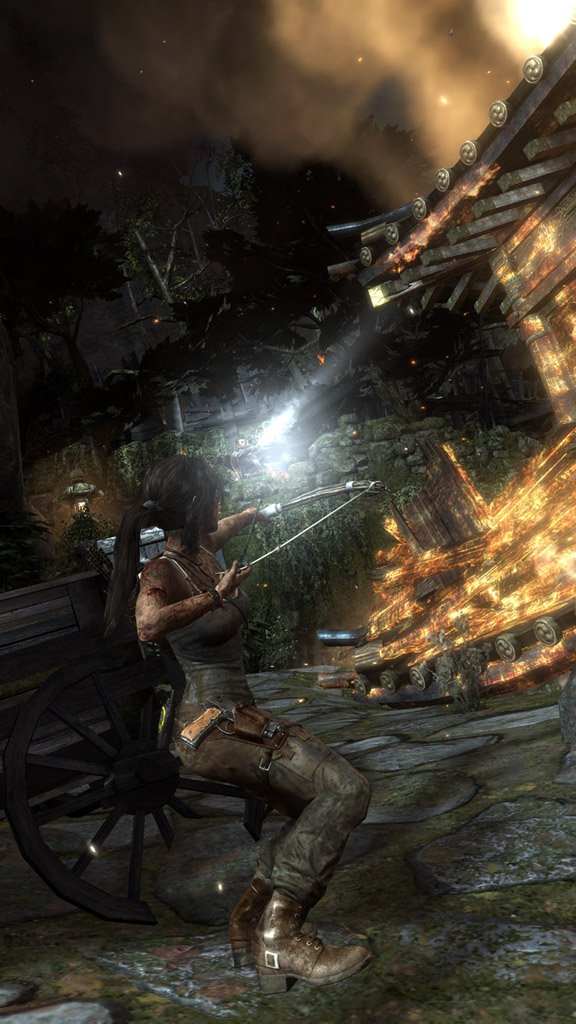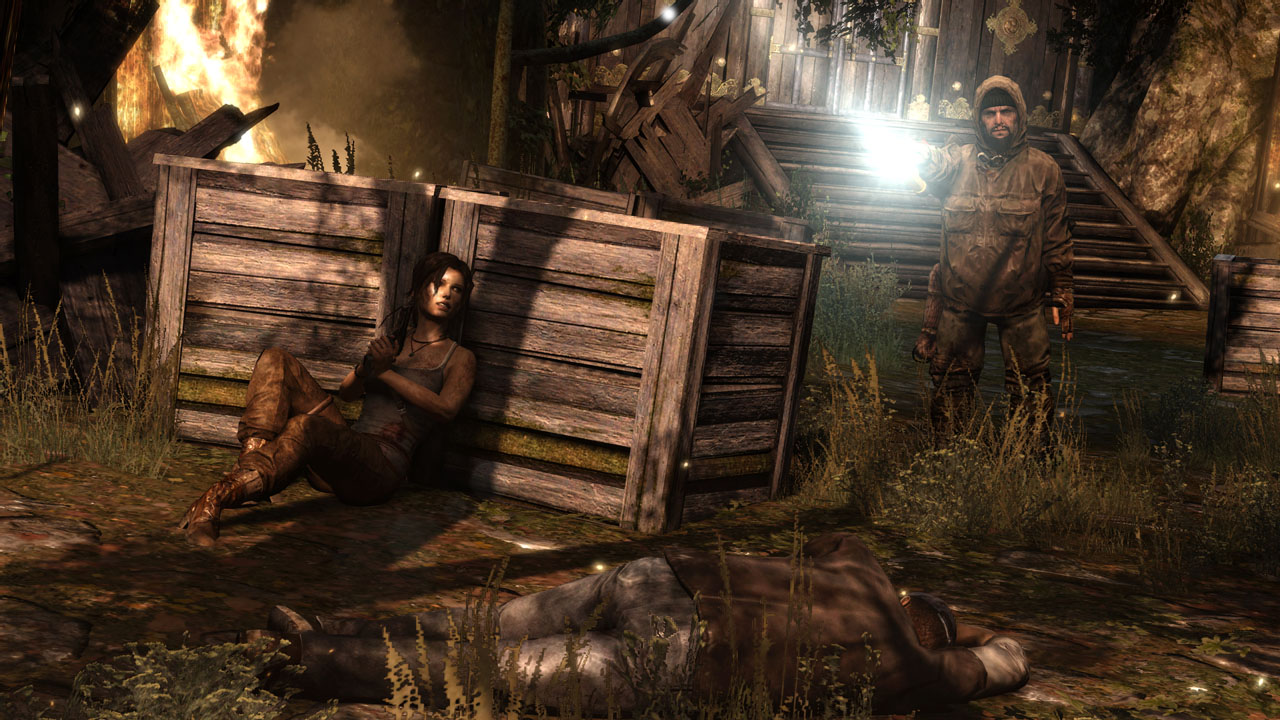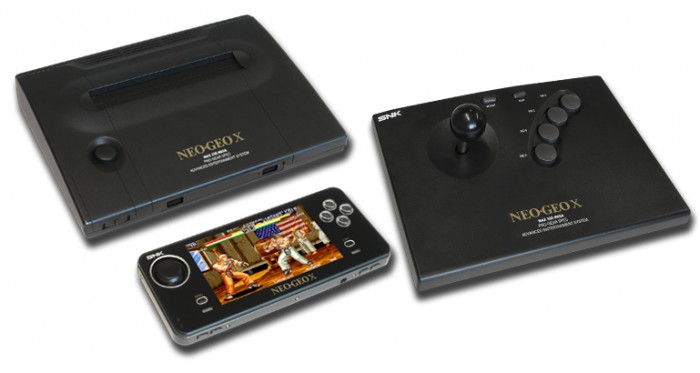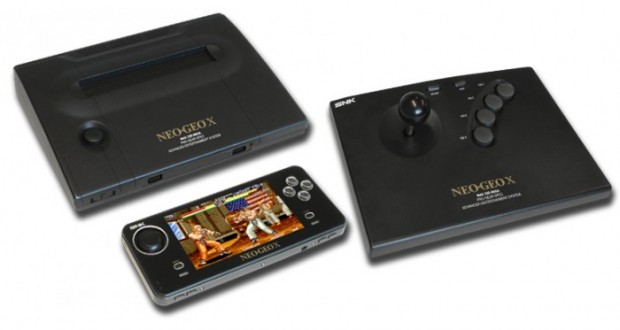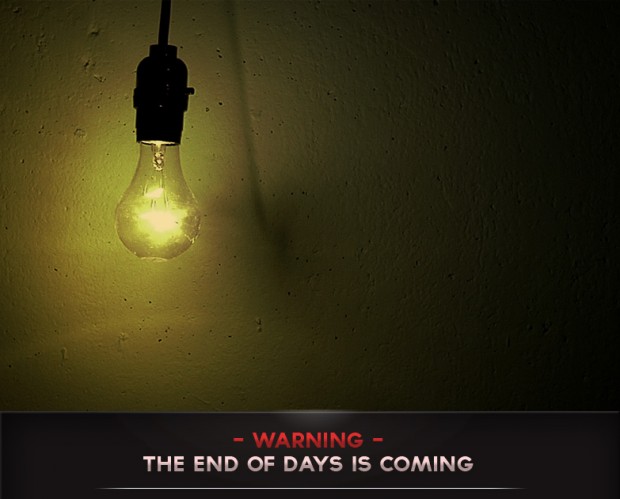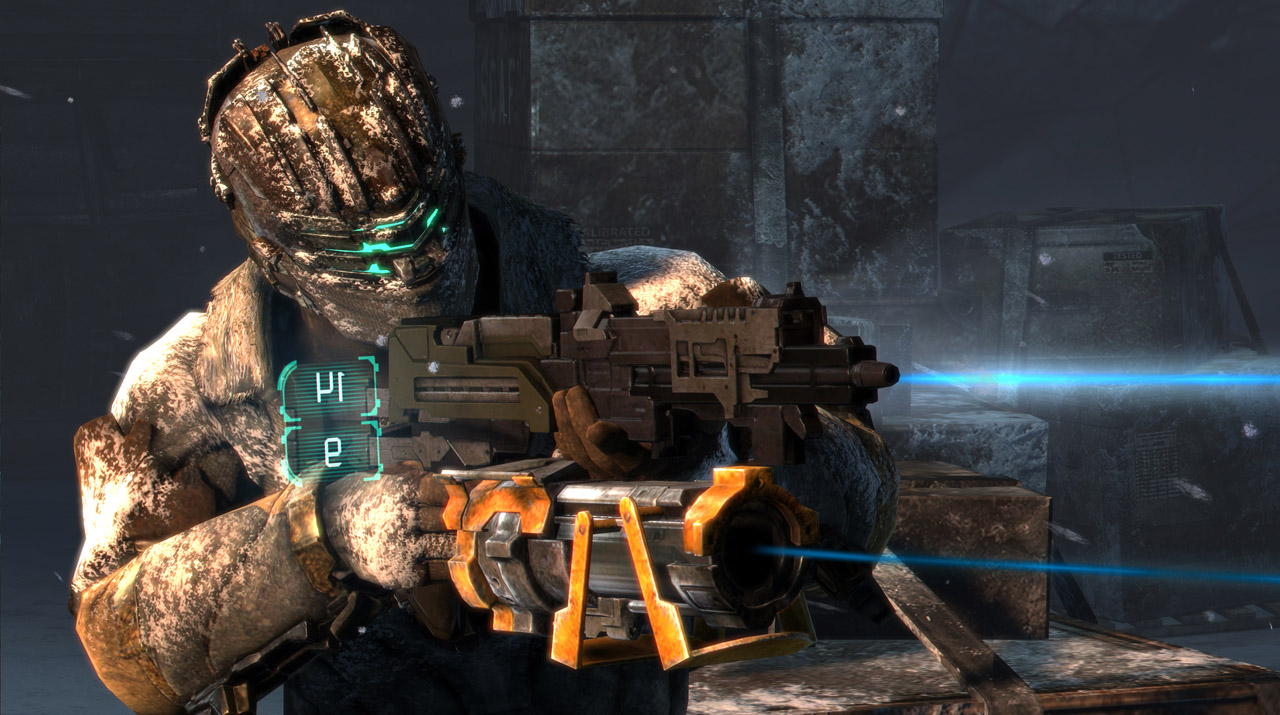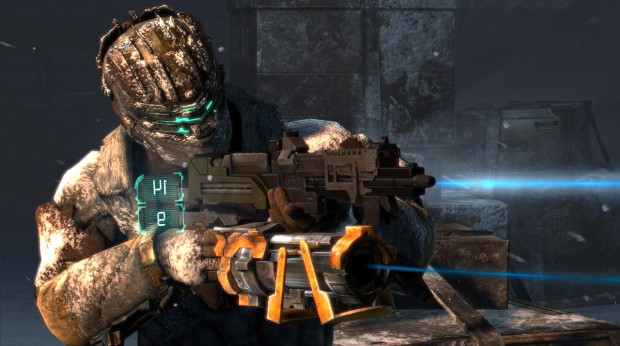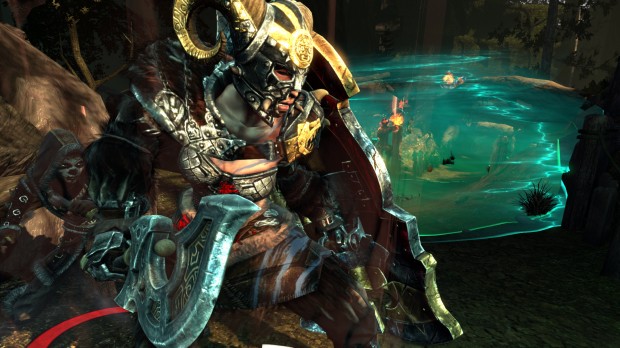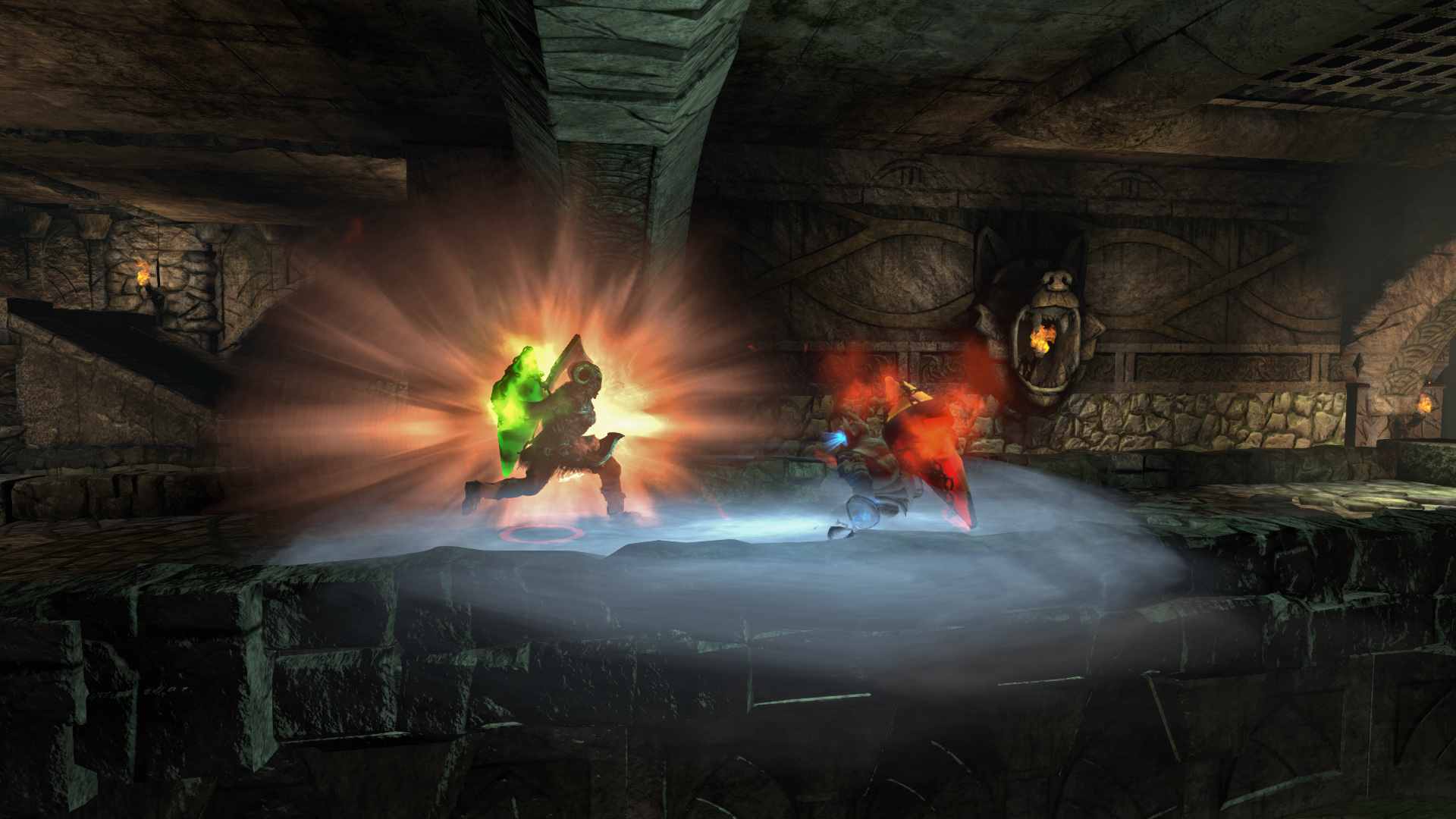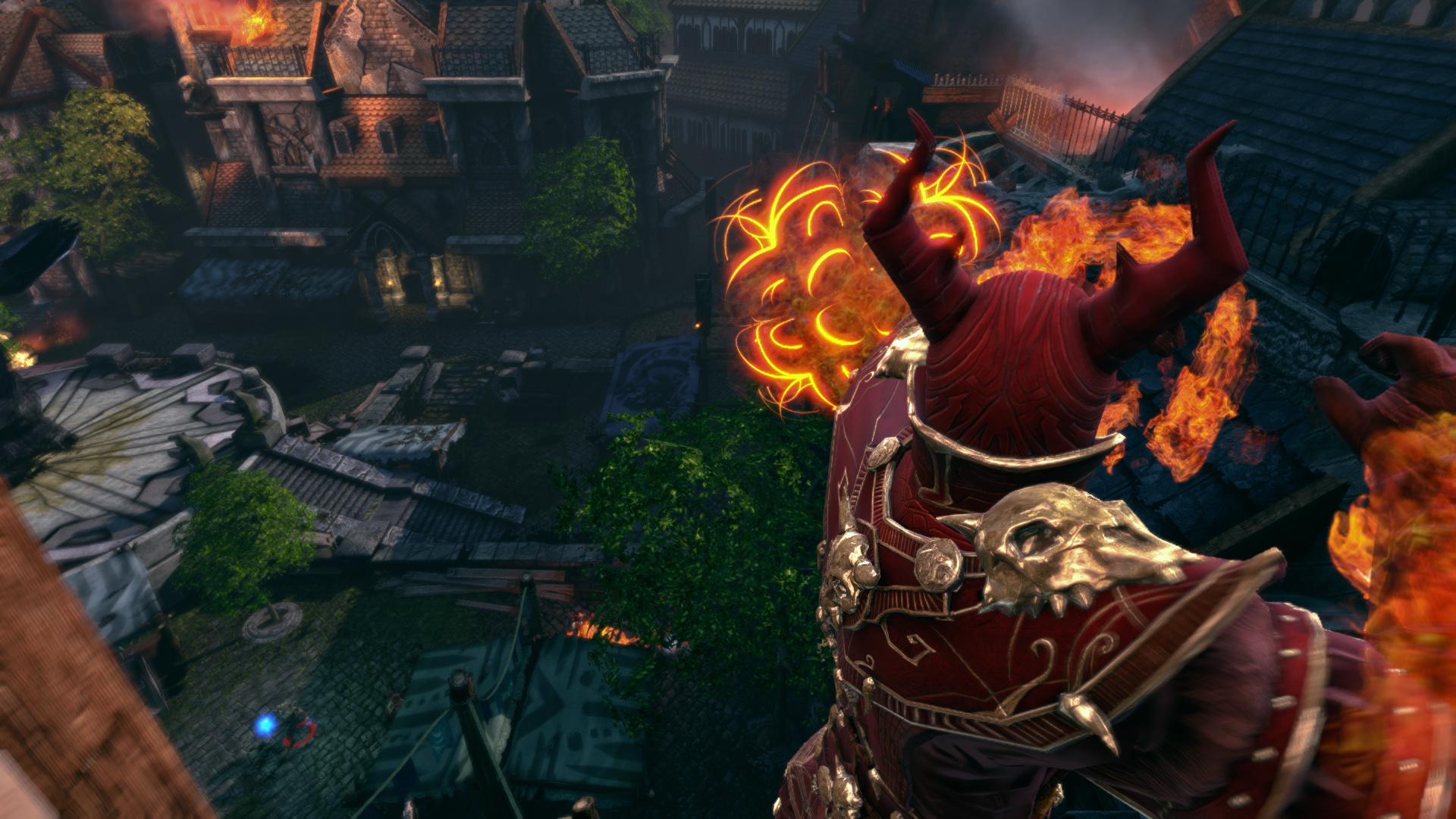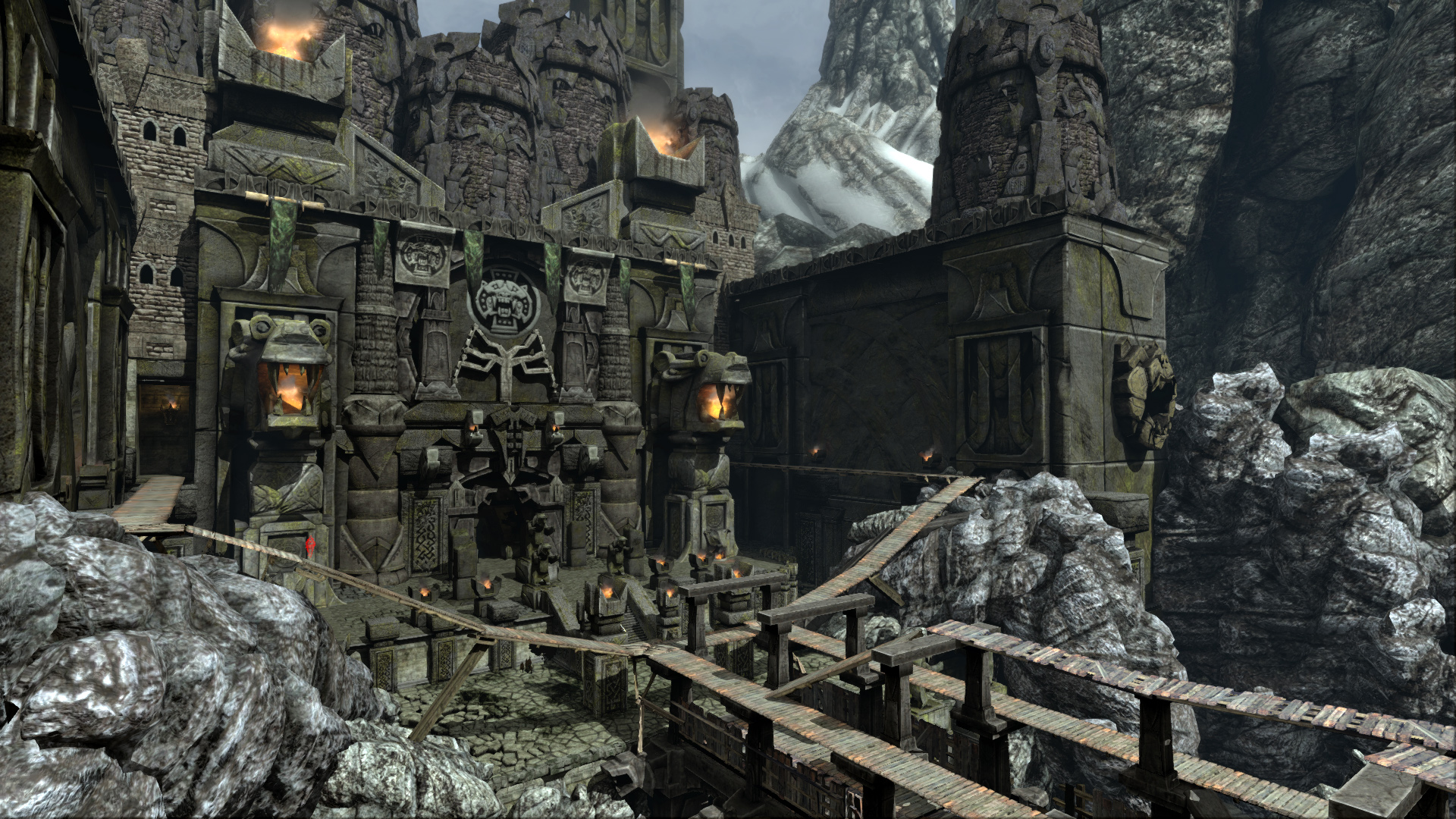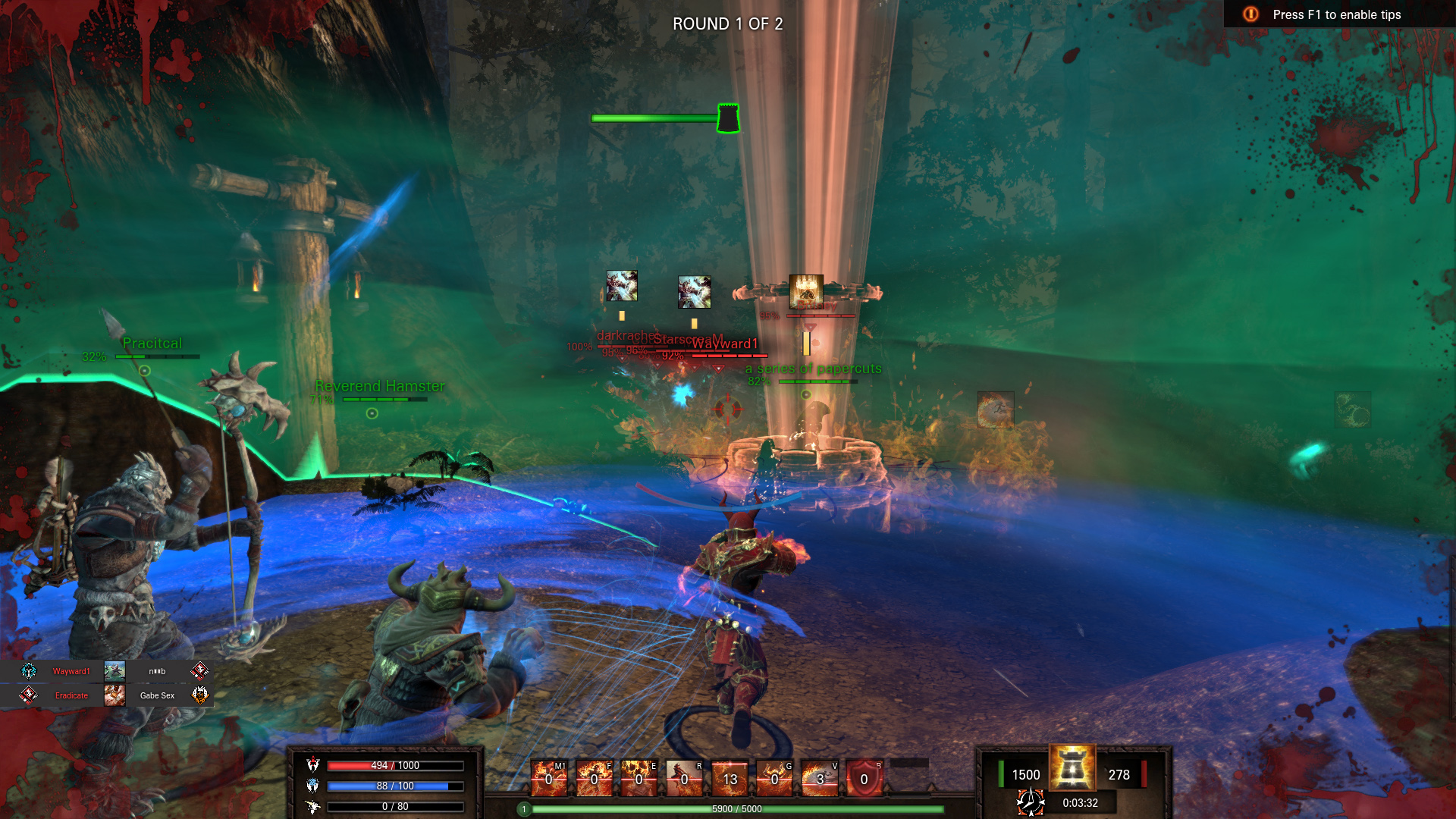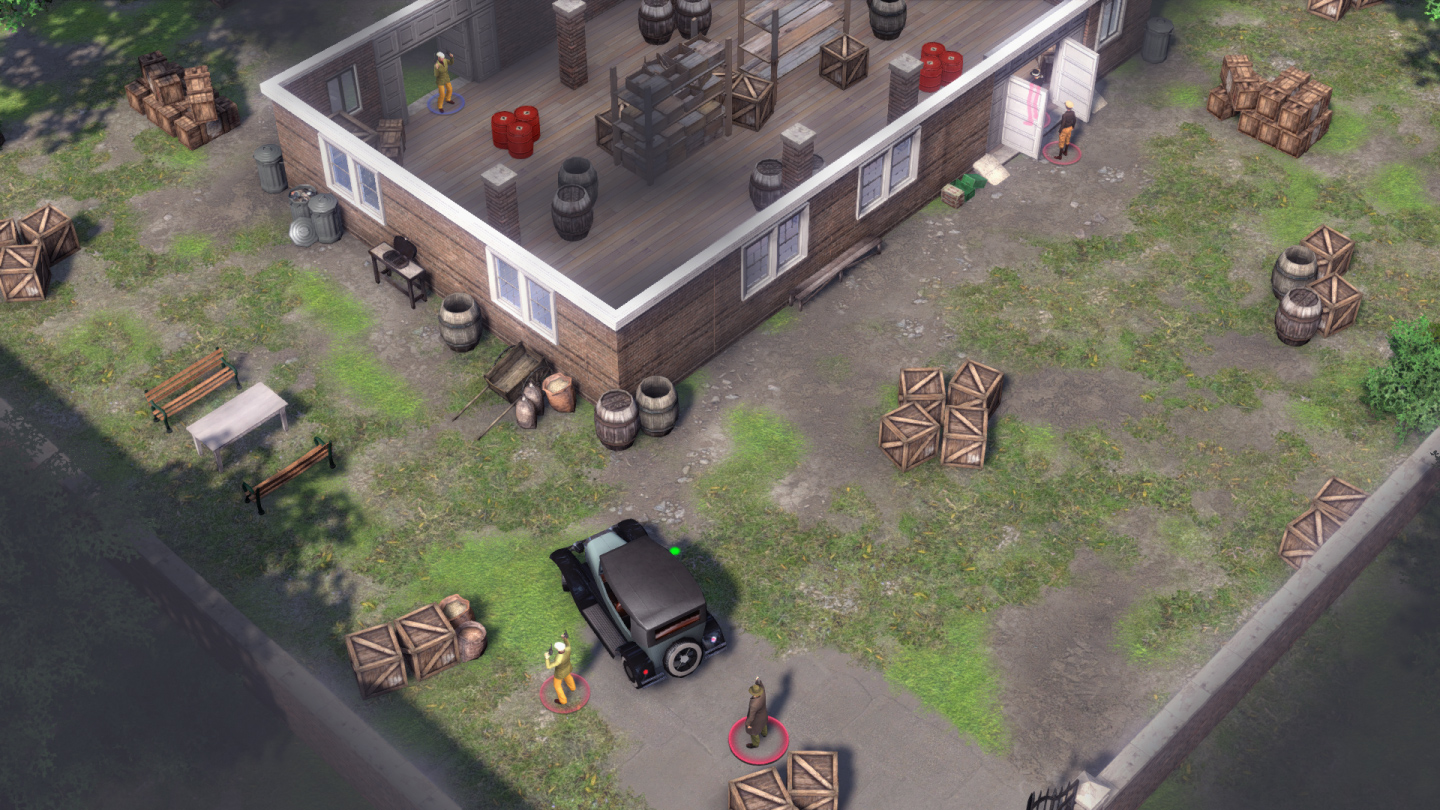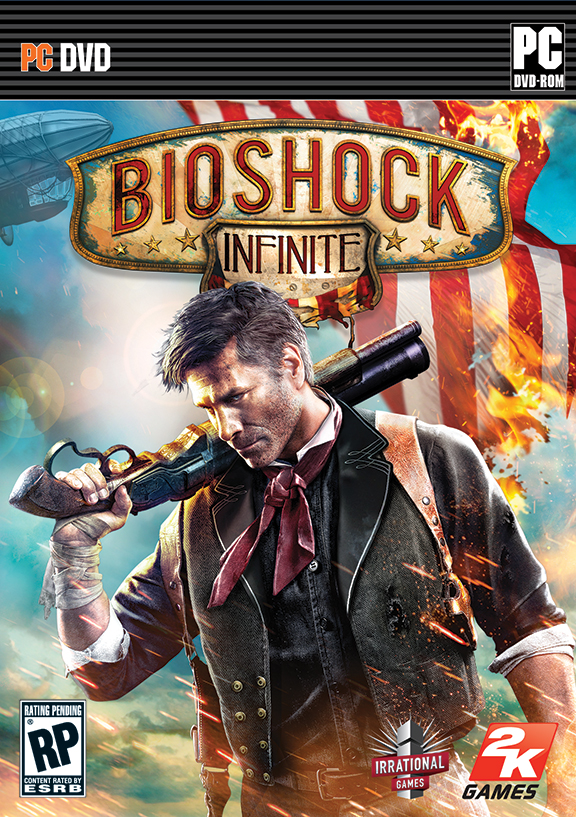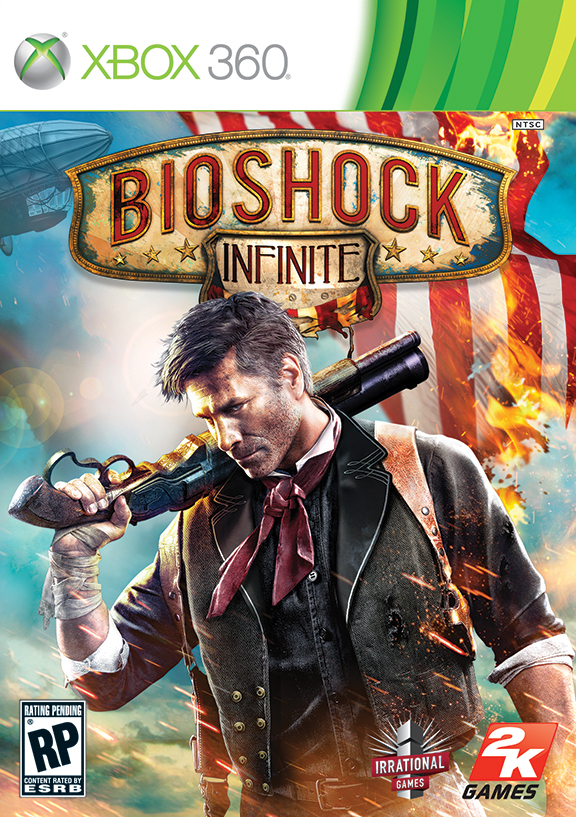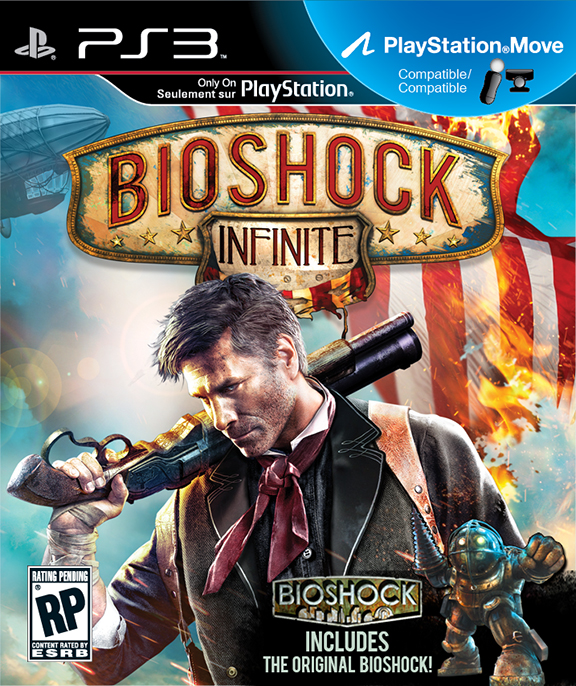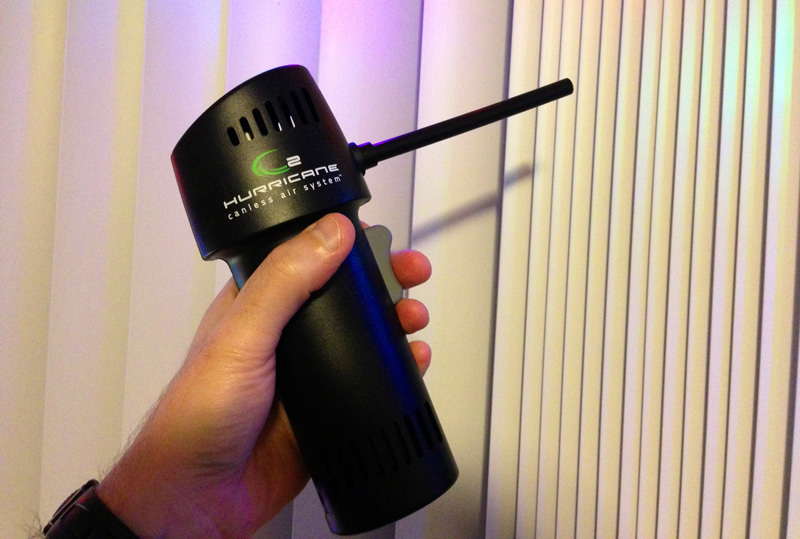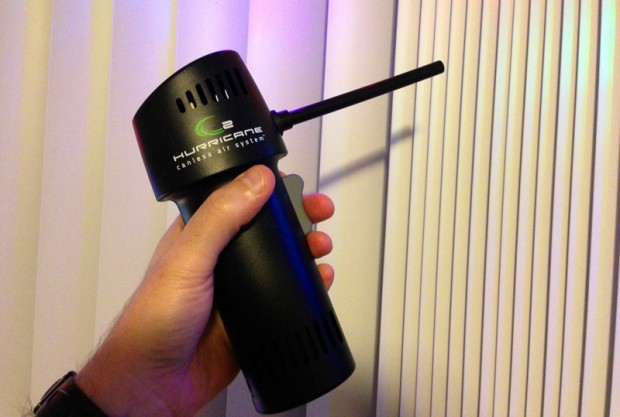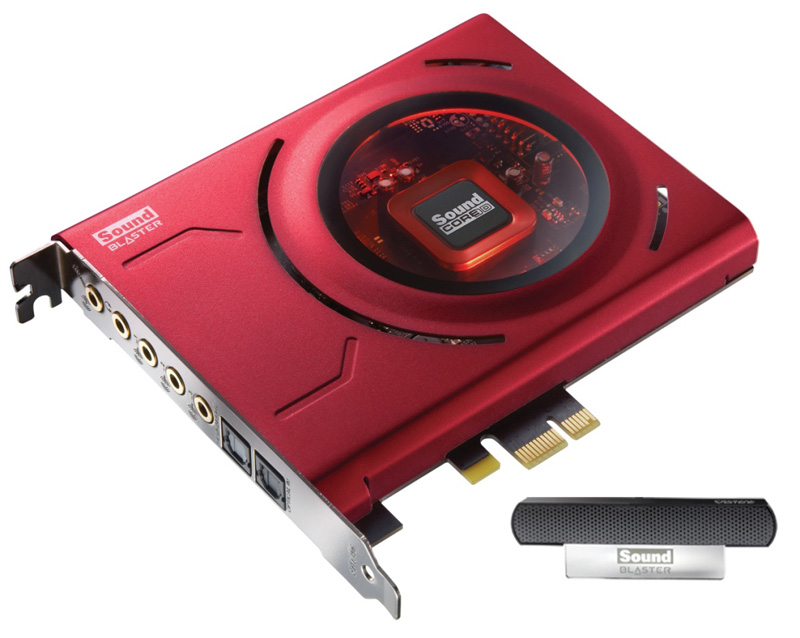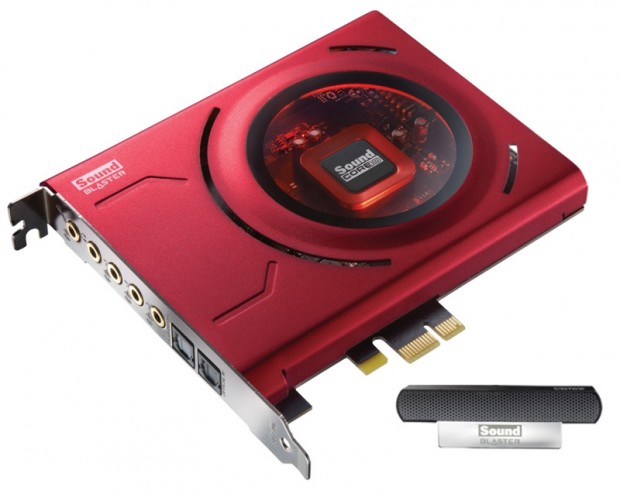Square Enix and Crystal Dynamics have released some new screenshots from their upcoming Tomb Raider, which is slated to launch March 5, 2013.
Author - Jerry Paxton
Just finishing up the fifth and final episode of Telltale Games The Walking Dead Season One, I am left in a state of reflection. Reflection upon everything that happened to the various characters in the game, the choices I made, and how I might have done things differently. This is also a very tricky thing to review as the story is so rich in terms of character and plot development that I cannot in good conscience spoil it for those of you who have not finished it yet. So, this leaves me with a conundrum – what can I say about it? To remedy my vexing situation, I will try to keep things as abstract as possible.
First, this season of Telltale Games The Walking Dead has been chock full of surprises. The story has been interesting and captivating – from the initial car ride in Episode 1 all the way up until Episode 5’s final moments. I am left wanting desperately to see how Telltale Games is going to handle the second season of the series. There are simply so many story avenues the developers can pursue, it’s staggering and leaves me trying to think of them all – and coming up short. Aside from the game’s incredible and engrossing story line, The Walking Dead on PC is not perfect. It does have its occasional control issues (thankfully, they lessen a lot as the season progresses) and, at times, dialog choices don’t seem to mean quite what the player thinks they do when selecting them.
The game’s voice acting has been very decent, despite the occasional wooden performance. Thankfully, hardcore fans of the comic book series shouldn’t have much trouble with this as the holistic joy the game brings – seeing and playing a version of that comic book on your computer, is astounding. If you have only experienced The Walking Dead on television, you will probably feel different about the game’s voice actors. They simply are not as realistic as the acting provided by the likes of Andrew Lincoln, John Bernthal, and Norman Reedus (to name just a few). By the way, if you fall into that category, take my advice and pick up the comic book series – you won’t be disappointed. Also, you are welcome. 🙂
Visually, The Walking Dead Season One is very much like watching a comic book come to life on your computer screen. The graphics are not super-uber-FXAA-slick-3D-A#1. The game’s visuals are exactly what they need to be: “Simplistically” graphic novel-like, beautifully-rendered, and, at times, terrifying to watch. The coupling of the game’s visual style and some of the action that unfolds over the course of the series leads to some of the highest “pucker factor” moments I have experienced in a game all year.
Overall, if you have not picked up The Walking Dead Season One, you are simply missing out on one of the best gameplay experiences of 2012. You can buy the full season of The Walking Dead on Steam for about $25 dollars. It is easily worth twice that much.
[easyreview title=”The Walking Dead Season One Review Score” cat1title=”Overall Score (out of 5)” cat1detail=”” cat1rating=”4″] Our Rating Scores Explained
Funcom is starting up an alternate reality game based around the end of the world and its MMORPG, The Secret World. Checkout this official notice and registration info for more details.
The End of Days is Coming
Mankind has been warned. On December 21st there will be a cataclysmic event that marks the end of time as we know it. It is time to prepare.
Leading up to this world-changing event is a brand new alternate reality game (ARG) set in and around The Secret World universe, which will allow you to better prepare for what is to come. If you have never participated in an ARG event before, this is your perfect chance.
And quite possibly your last.
This might be your one chance to save yourself from this inevitable cosmic event, and we encourage you to pre-register to take part in the ARG. Pre-registration is free and available on this page. The ARG will start in a few days and this is one train you do not want to miss.
You do not need to be an active The Secret World player to take part, but if you are, note that exclusive prizes will be offered to all those who participate and that you will be able to enjoy these before everything comes to one last, screeching halt on December 21st.
Learn more about the ARG on the official pre-registration page.
Sincerely,
FUNCOM
REDWOOD CITY, Calif. – Dec. 3, 2012 – Visceral Games, an Electronic Arts Inc. (NASDAQ: EA) studio, today announced that fans who pre-order Dead Space™ 3 from GameStop* will receive the EG-900 SMG and from Amazon* the Tesla Enervator. These exclusive weapons will help players on their mission to destroy the horrifying and mysterious Markers and stop the bloody Necromorph infestation once and for all. Throughout Dead Space 3, unwilling heroes Isaac and Carver put their engineering and military skills to the test as they scavenge for parts and assemble their ultimate tools for survival. While exploring different locations, players can hunt for parts, break down tools, build devastating new weapons and share them with a friend to defeat whatever terrors stand in their way.
The bonus pre-order items** include:
- EG-900 SMG available at GameStop
- This EarthGov-issued sub machinegun is built for urban warfare. It’s compact but deadly, sporting an internal hyper-accelerator maximum damage.
- Tesla Enervator available at Amazon
- Sovereign Colonies scientists developed the “Enervator” from an overdriven focus coil to “humanely” eliminate dangerous specimens. The Enervator delivers a precision blast causing instantaneous electrocution and molecular destabilization in the target. In test subjects, death was instantaneous.
Winner of more than 15 critic awards at E3 2012 including Best of Show from Game Informer Magazine, Dead Space 3 cuts to the heart of deep space terror. The game is recognized by game critics worldwide for its incredible craftsmanship in horror, action, suspense and sound design. Players will embark on a thrilling ride through space that takes them to a hostile new planet, Tau Volantis. Fortunately, they are not alone this time around. The fully integrated drop-in/drop-out co-op feature gives players the option to play alone or team-up with a friend anytime. Players that choose to take down the terror together will experience additional story details, side missions and gameplay mechanics only found when playing as John Carver.
Dead Space 3 will be available on February 5, 2013 in North America and February 8, 2013 in Europe for the PlayStation®3 computer entertainment system, Xbox 360® video game and entertainment system and the PC.
For additional information and news, please visit www.deadspace.com, follow us on Twitter at: www.twitter.com/deadspace, or become a fan on Facebook at www.facebook.com/deadspace.
Ridgewood, NJ, December 3, 2012 –Kalypso Media today released a new gameplay trailer for Omerta – City of Gangsters, the upcoming multiplatform title that combines challenging tactical combat with “criminal-styled” city building. In the new trailer, viewers will enjoy a firsthand look at the tactical, turn-based combat that will have players planning elaborate heists, drive-by’s and much more in this 1920’s era gangster title set for a 2013 release on the Xbox 360® video game and entertainment system from Microsoft and Windows PC. With guns blazing, players will take over a realistically rendered Prohibition-era Atlantic City while also using their wits to manage illicit businesses, which bring in big money!
Trailer
When we saw the Hurricane 2 Canless Air System over on ThinkGeek, we were very excited. Our primary gaming rigs gets super-dusty and we are always on the lookout for a way of eliminating the mountain of compressed air cans that we go through each month. Short of submerging our rigs in non-conductive gel, we simply had to give the Hurricane 2 Canless Air System a shot. Basically, the Hurricane 2 is a small air compressor that pushes air out at around 200 MPH as long as the trigger is depressed. The unit is comfortable to grip, as can be seen in the above image, and doesn’t weight very much. Setting the Hurricane 2 up is as easy as inserting one of the plastic extensions into the air nozzle and making sure it is fully charges. Then depress the trigger and let the air rip. Speaking of charging, the rechargeable battery in the Hurricane 2 Canless Air System will last for about 15 minutes of continuous operation or around four hours of general usage. Unlike traditional compressed air canisters, the Hurricane 2 will not stop functioning after a short while of continuous use. Also, the Hurricane 2 can be used at any angle – a feat which compressed air canisters simply can’t duplicate.
The only real issues with the Hurricane 2 Canless Air System are the pressure of the air stream and the noise. Its not that the Hurricane 2 isn’t powerful – quite the opposite, in fact. The problem is that the plastic extensions used to guide and focus the air from its business end are a bit on the wide side. A more narrow extension would allow the air stream to exit with more concentrated force, which would greatly increase its dusting capabilities. The second issue with the Hurricane 2 is the noise it makes while in operation. The official product website claims it “sounds like an electric razor”. It actually sounds a bit louder and higher-pitched than that (to my ears, anyway). Aside from dusting electronics and furniture, its noise and air are a great way to dissuade your cat from biting your Christmas Tree lights. I mean, I think it might be good for such use. The GamingShogun.com Legal Team warns all users that they should never point the Hurricane 2 Canless Air System at any living creature, great or small. 🙂
Overall, the Hurricane 2 Canless Air System will provide you with an exceptional anti-dust solution that doesn’t involve constantly buying cans of compressed air. While the pressure of the air stream could be a bit more intense, it does a fine job in dusting – especially if used on a regular basis before dust has a chance to “settle in” for the long haul. I would recommend the Hurricane 2 Canless Air System to anyone needing to keep their electronics clean. Additionally, it would make a fine gift for the geek in your life this holiday season.
[wpcol_1half id=”” class=”” style=””]
Pros
- Can be used at any angle.
- Lasts for several hours on one charge and can be used for about 15 minutes straight on one charge.
- Rechargeable.
- Air stream is non-toxic (its air!).
[/wpcol_1half] [wpcol_1half_end id=”” class=”” style=””]
Cons
- Initial pressure not as high as a compressed air can.
[/wpcol_1half_end]
You can find the Hurricane 2 Canless Air System on sale at the product’s official website or ThinkGeek.
Creative Labs recently sent us over one of their new Sound Blaster Z sound cards. The Sound Blaster Z is the entry-level in their latest sound card line and we were very excited to review it, given the sometimes controversial outlook on discrete sound cards by gamers. If you have not heard about this, many gamers overlook discrete sound cards in favor of on-board motherboard audio chips. We hoped to not only review the unit but, also, compare it to our ASUS Sabertooth Z77 motherboard’s internal audio to settle the score on this argument for good.
Design-wise, the Sound Blaster Z is very much a Creative Labs/Sound Blaster sound card. Featuring a PCI-E interface, its exterior features a red aluminum heat sink/cover and cool red LED lighting, it is a very snazzy-looking sound card. Installing the Sound Blaster Z is a straightforward process of inserting the card into an available PCI-E slot, attaching the hookup to your case’s front panel connector, and installing the software. The whole process took about ten minutes.
After installation and software setup, you can configure the Sound Blaster Z in the software utility. Looking very similar to the control panel from their Recon3D sound card line, the control panel has a lot of settings for you to play with. Also, the new SBX Pro Studio feature set is basically an updated version of the THX TruStudio Pro features found on the Recon3D sound cards. In terms of quality, these features are noticeably better than their previous version. The SBX Surround technology, which simulates a surround sound setup using a 2.1 sound system is a prime example of this. These simulations are getting scary-good at emulating true surround sound. Additionally, the Sound Blaster Z’s front channel 116dB SnR (signal-to-noise ratio) was audibly better than our on-board sound chip’s 95dB SnR – especially when pumping up the volume of our Corsair SP2500 speaker system (that thing “goes to 11” as they say).
I have been enjoying the Sound Blaster Z sound card with titles like Call of Duty: Black Ops II single and multiplayer (turn on the Scout Mode), The War Z (DEFINITELY turn on the Scout Mode), and even my personal favorite right now: DCS: A-10C Warthog. These are just a few examples but I have nothing bad to say about the card’s performance in any of those or any other game I use it on. Beyond gaming, the card also performs beautifully in playing higher bit rate Mp3s. Music is crisp and plays back wonderfully – especially nice right now when playing those holiday favorites. The included beam microphone is excellent and eliminating background noise and my lance mates in the Mechwarrior Online beta had no trouble hearing my comms.
Overall, the Sound Blaster Z sound card is a good purchase for $99 dollars. So long as you have a decent pair of headphones and/or speaker system, you will hear a difference over most on-board audio chips. Additionally, the SBX Pro Studio features are very good at enhancing video game audio and the “Scout Mode” is almost a cheat in some games. That being said, if you are using a $20 dollar computer speaker system from a 99 cent store, you won’t notice any upgrade over on-board sound.
[wpcol_1half id=”” class=”” style=””]
Pros
- Good Value for Price
- SBX Pro Studio Features
- Included Microphone
[/wpcol_1half] [wpcol_1half_end id=”” class=”” style=””]
Cons
- You need a decent pair of speakers and/or headphones to fully take advantage of the card’s features over on-board sound chips.
[/wpcol_1half_end]
Official Specifications
| Feature | Description |
| Output Level (Full Scale) |
|
| Maximum DAC Resolution |
|
| SNR (20kHz Low-pass filter, A-Wgt), @ 24-bit, 96kHz |
|
| Frequency Response @ 96kHz |
|
| Frequency Response @ 192kHz(Stereo only) |
|
| Speaker Support | Description |
| Supported Output | Stereo/2.1 Speakers |
| 5.1 Speakers | |
| Headphones | |
| Connectivity | Description |
| Headphone | 1 x Amplified 1/8″ mini jack |
| Speaker Out | 3 x 1/8″ mini jacks |
| Optical Out | TOSLINK |
| Optical In | TOSLINK |
| Line In / Microphone In | Shared 1/8″ mini jack |

